Although they adorn the streets of Cartagena, the famous palenqueras are originally from Palenque de San Basilio. For hundreds of years, these women went from their town to Cartagena to sell fruits. Since their town was very poor, they sold what they had which was fresh fruits. They were carried in hand-woven baskets (nowadays in metal containers) on their heads.
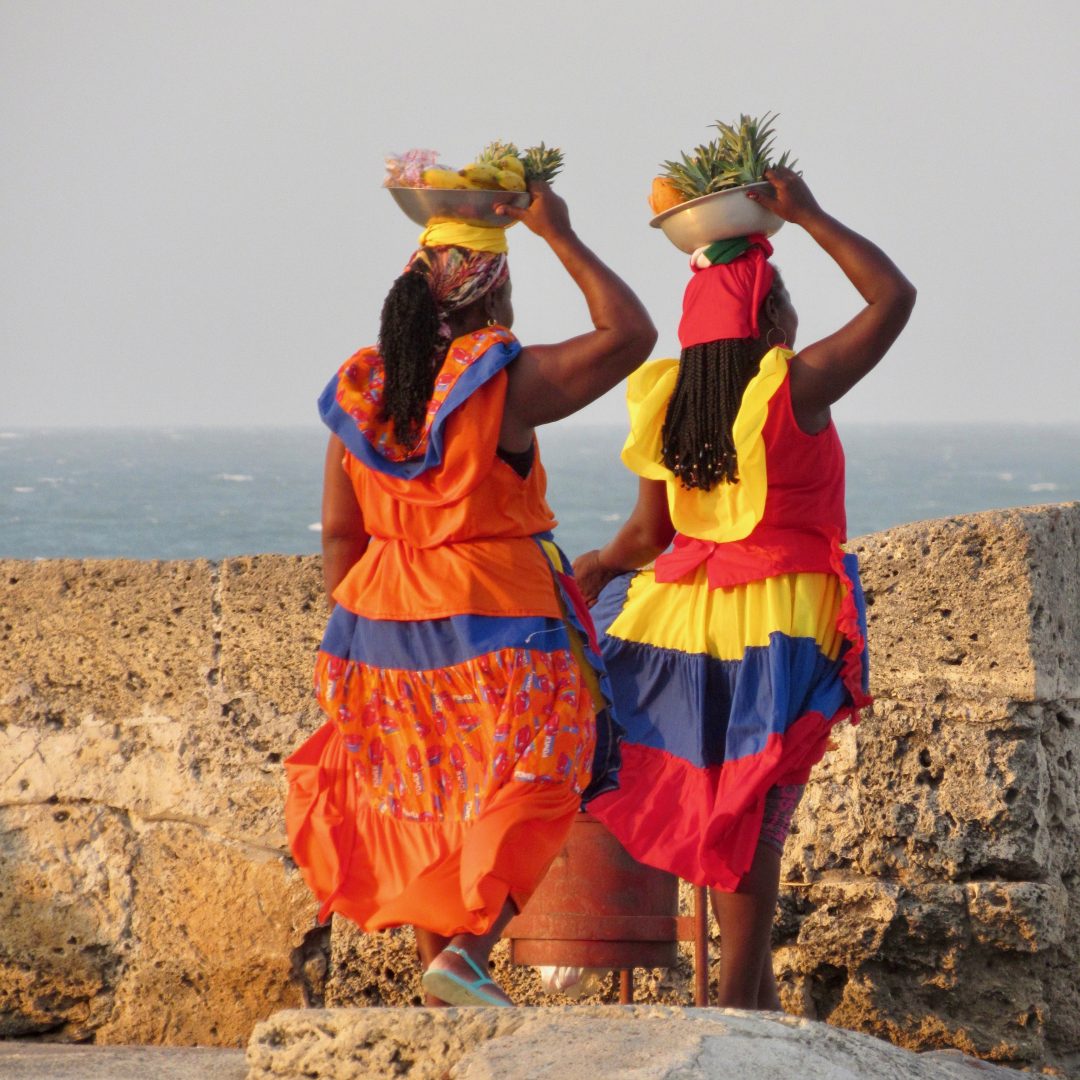
Palenqueras are the most photographed women in Colombia
Today you can see them walking the streets of the walled city of Cartagena. Although they continue to carry fruits, their income comes from tourists who tip them when taking photos with them.

They are an icon of the country and can be seen in murals, magnets and paintings in shops and galleries in the walled part and in Getsemani.
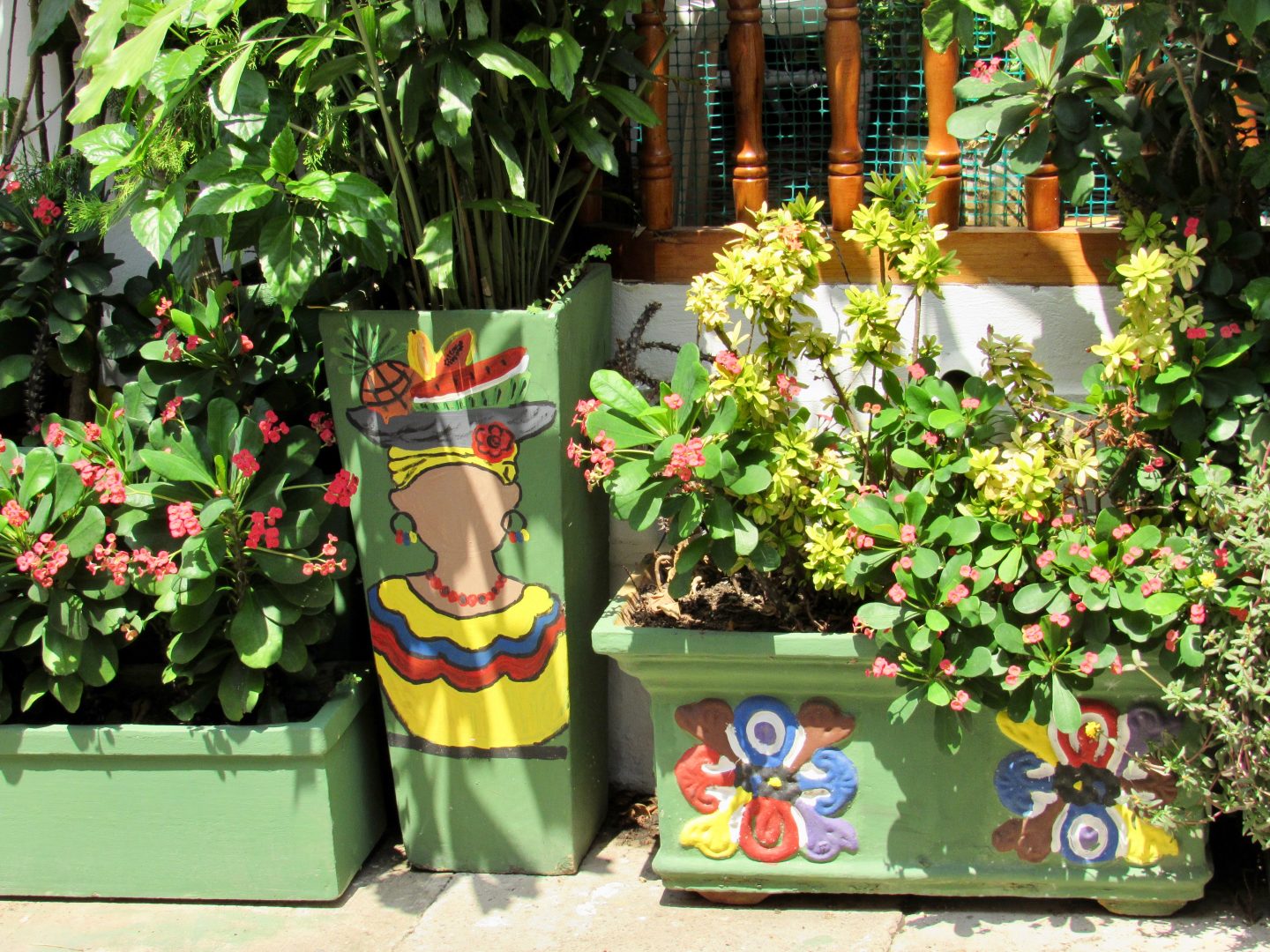
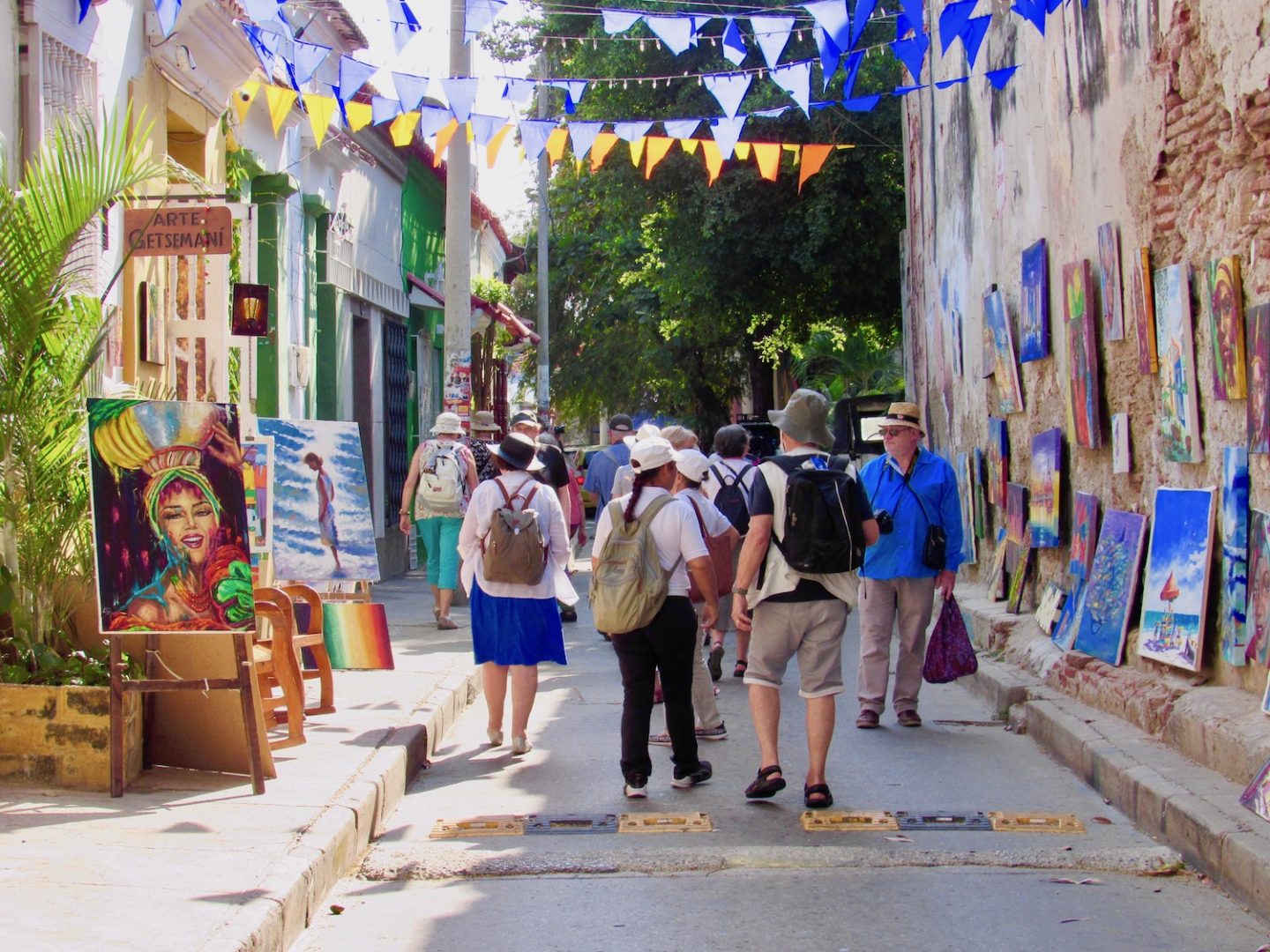
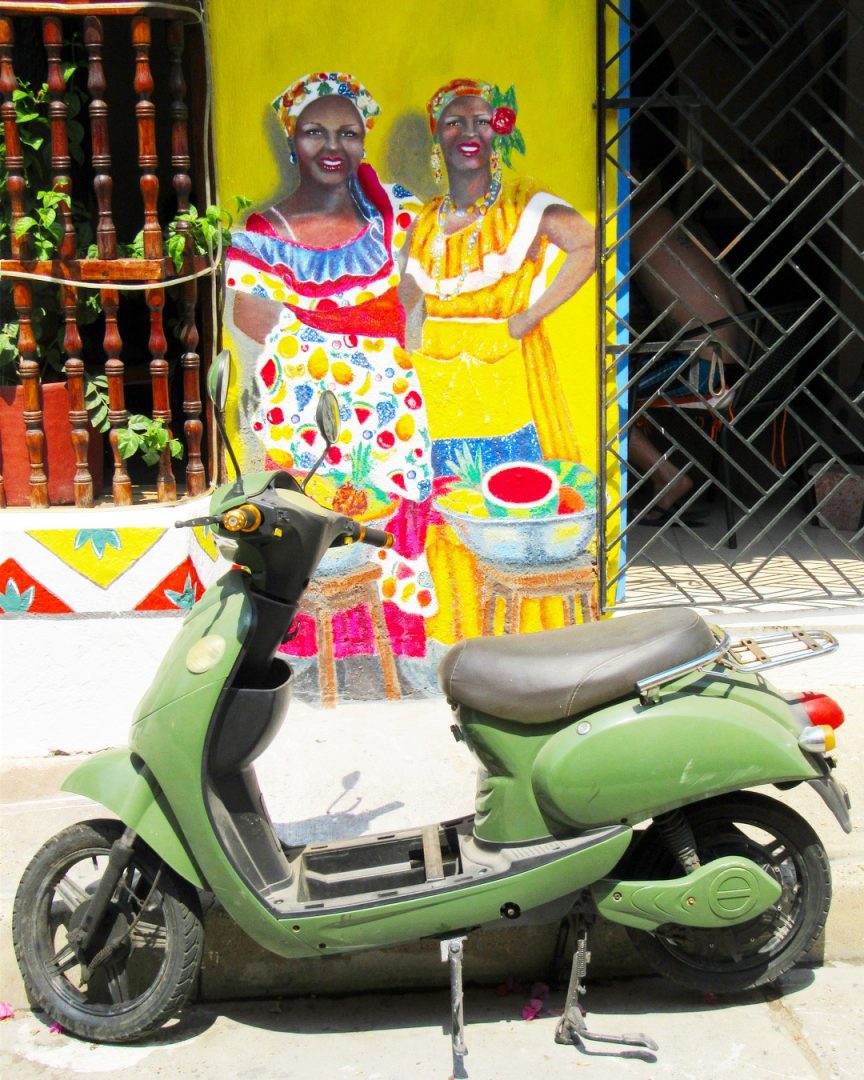
Colombia produces many fruits and it is common to see in all corners stalls that sell juices or cut fruits.
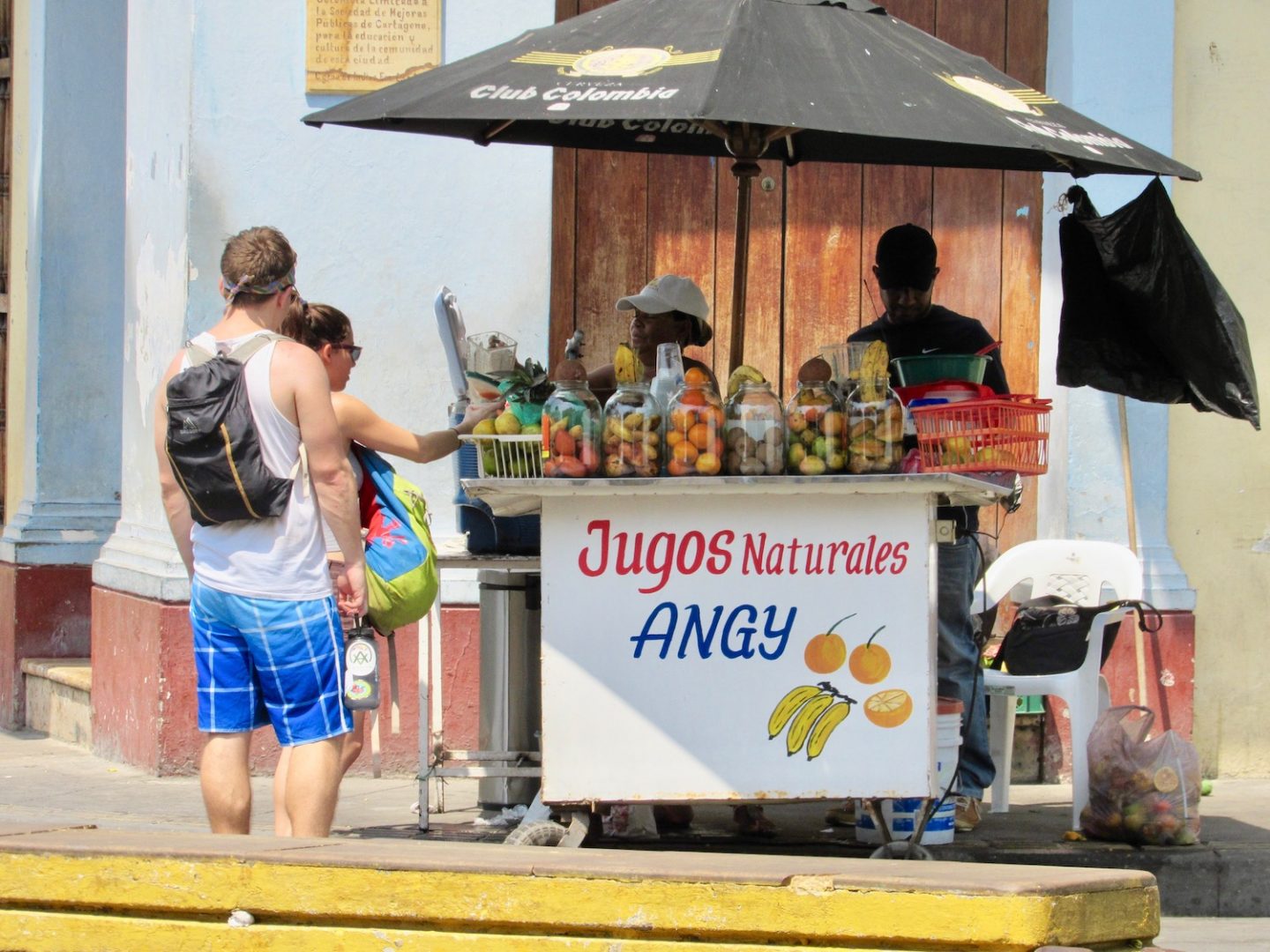
I love watching the sunsets in Café del Mar. As you climb the wall, you will meet many street vendors, who offer everything from hats to cold beers, for tourists who want a cheaper option.

We sat next to the canyons and after a while the black palenqueras came with their colorful dresses. I started taking pictures from afar and of course they came to say hello and ask for a tip.
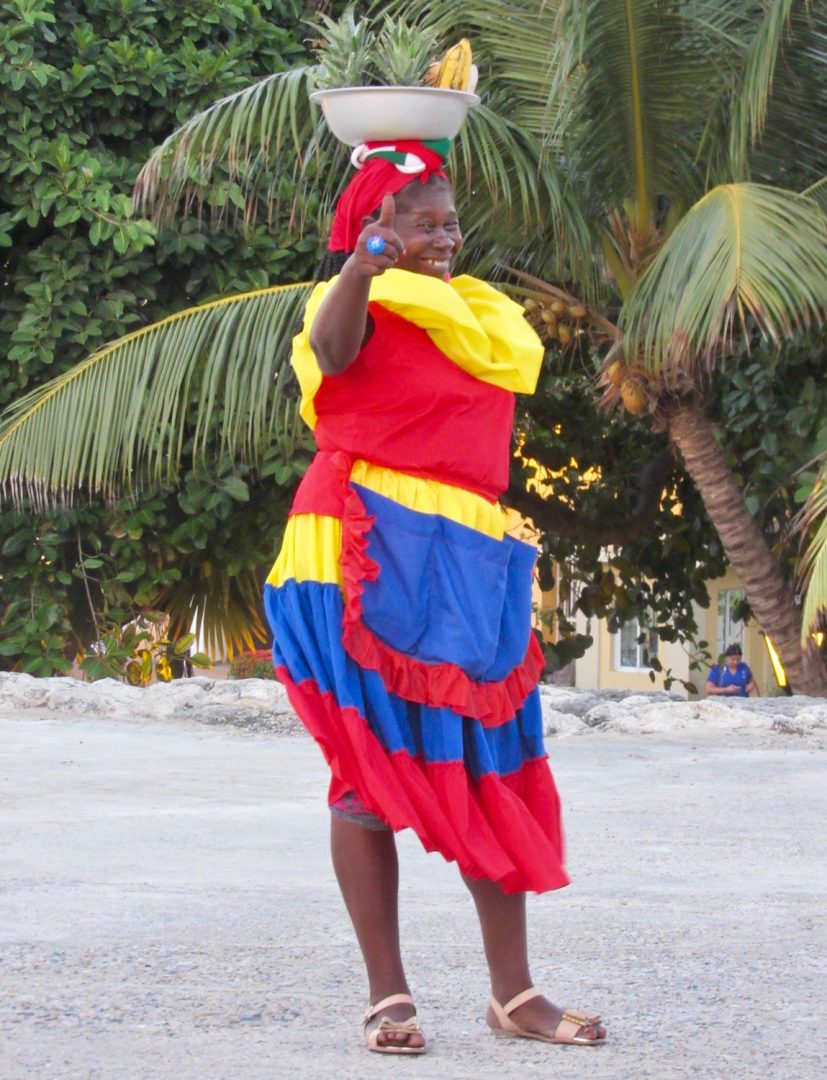
Our new palenqueras friends: Lira, Rosa, Paula and Lorenza told us very proudly that they were Afro-descendants. Cartagena, although it is larger than the Old Town of Panama, feels small since we ran into them several times in the following days.
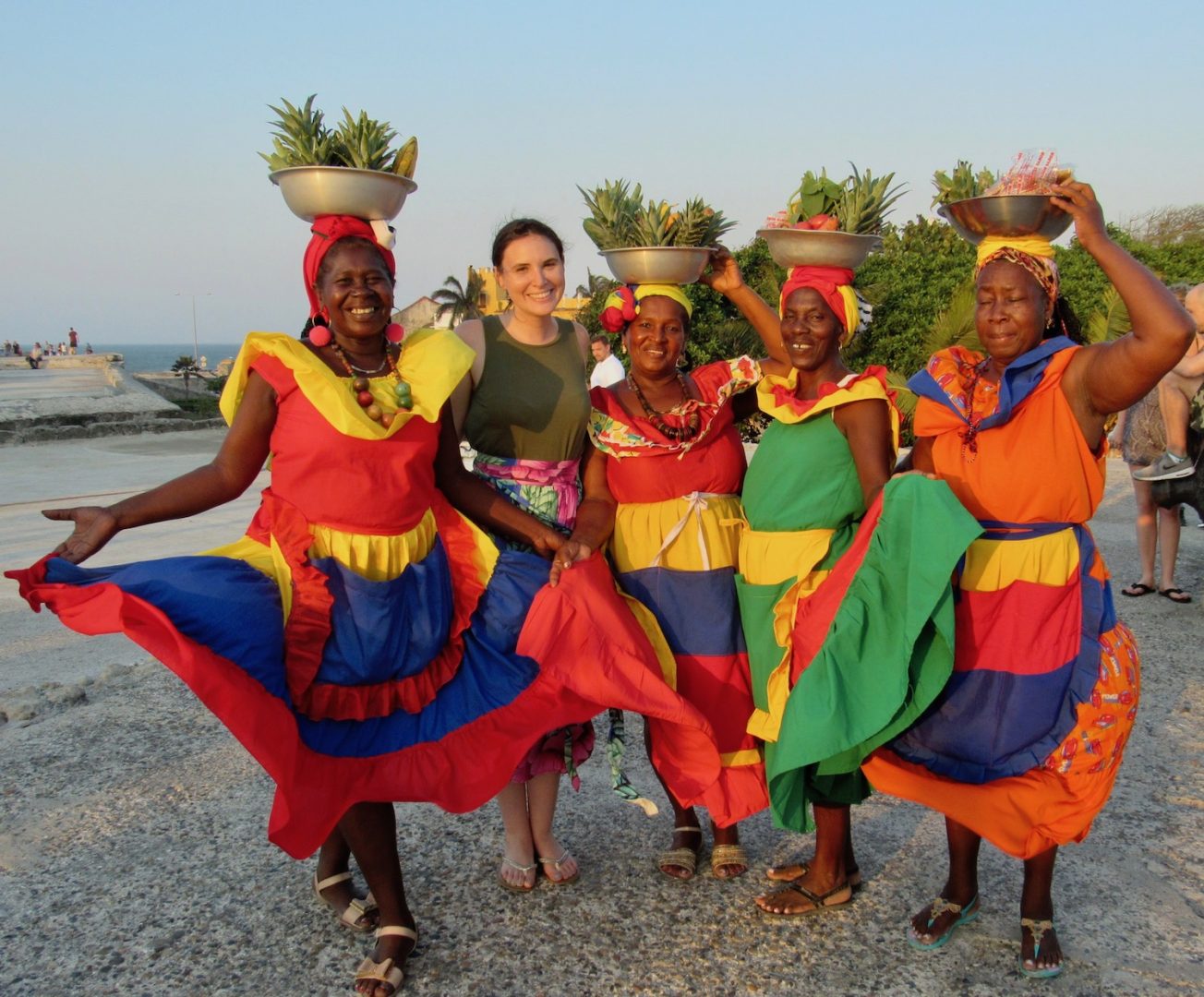
The Spanish enslaved the blacks
Cartagena, originally called Cartagena de Indias, was founded by the Spaniards on July 1, 1533. They chose its name for a city called the same in Spain, which was named after the city of Carthage in Tunisia. During the colonial era, Cartagena was the center of economic, political and ecclesiastical activity.
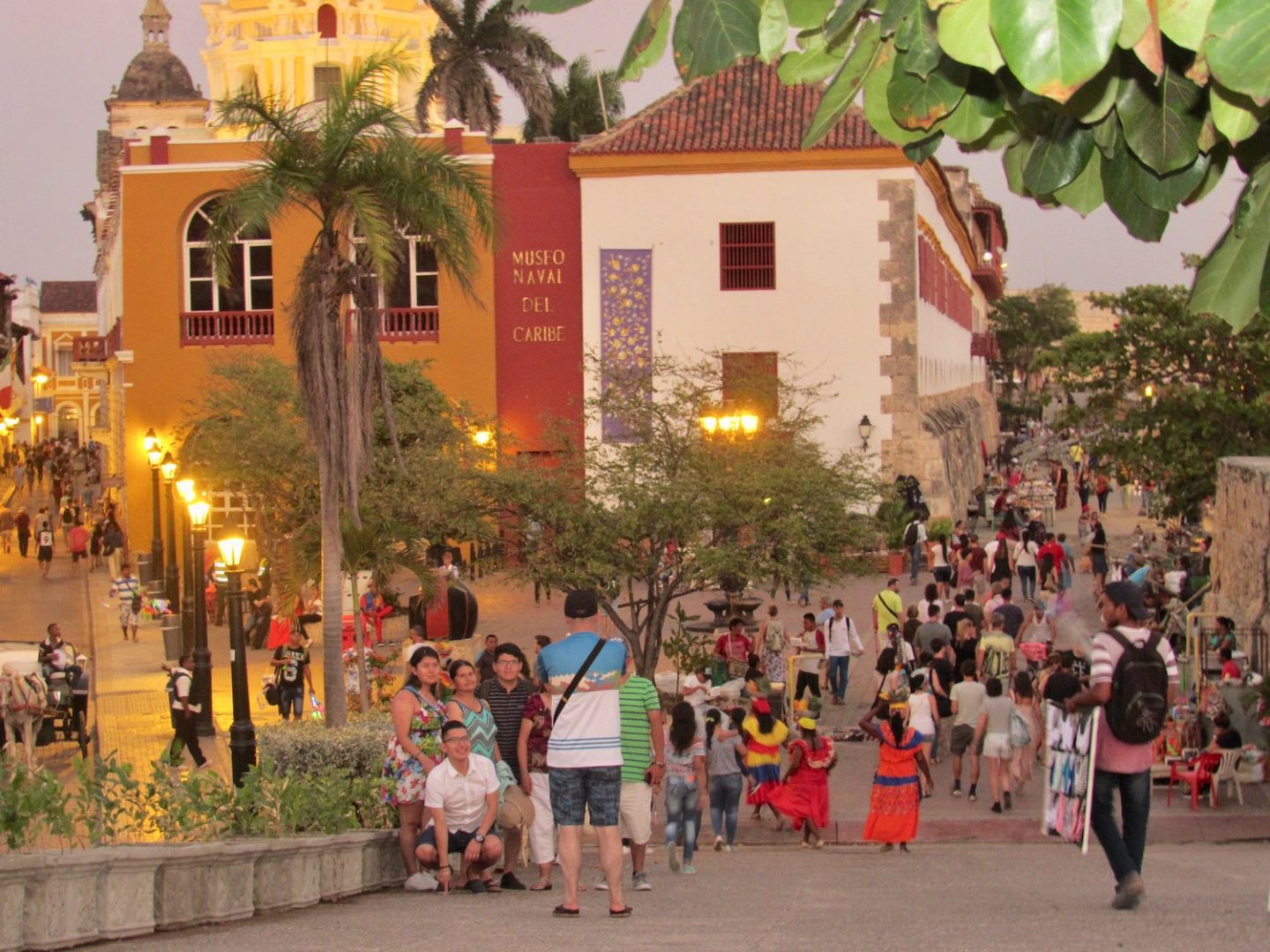
The free slaves made a movement to free the other slaves. Their struggle gave results and in 1691, the Spanish Crown issued a Royal Decree and Palenque became the first free town in America.
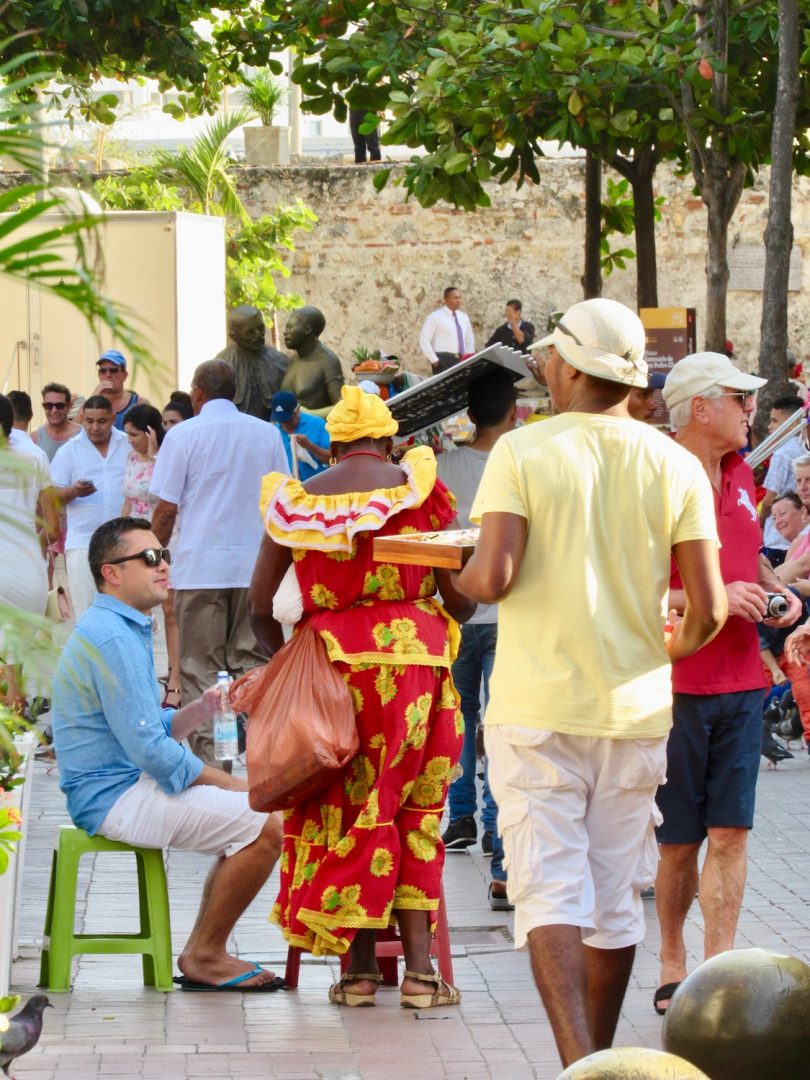
Palenquero is a language
As many slaves escaped, they did not have much contact with the Europeans and not all adopted Spanish as their language. They combined African languages with Spanish. The new language is believed to be derived from Kikongo, spoken in Central African countries, including the Democratic Republic of the Congo, Republic of the Congo and Angola. Other forms of Creole languages can be heard in Brazil, Cuba and Haiti.
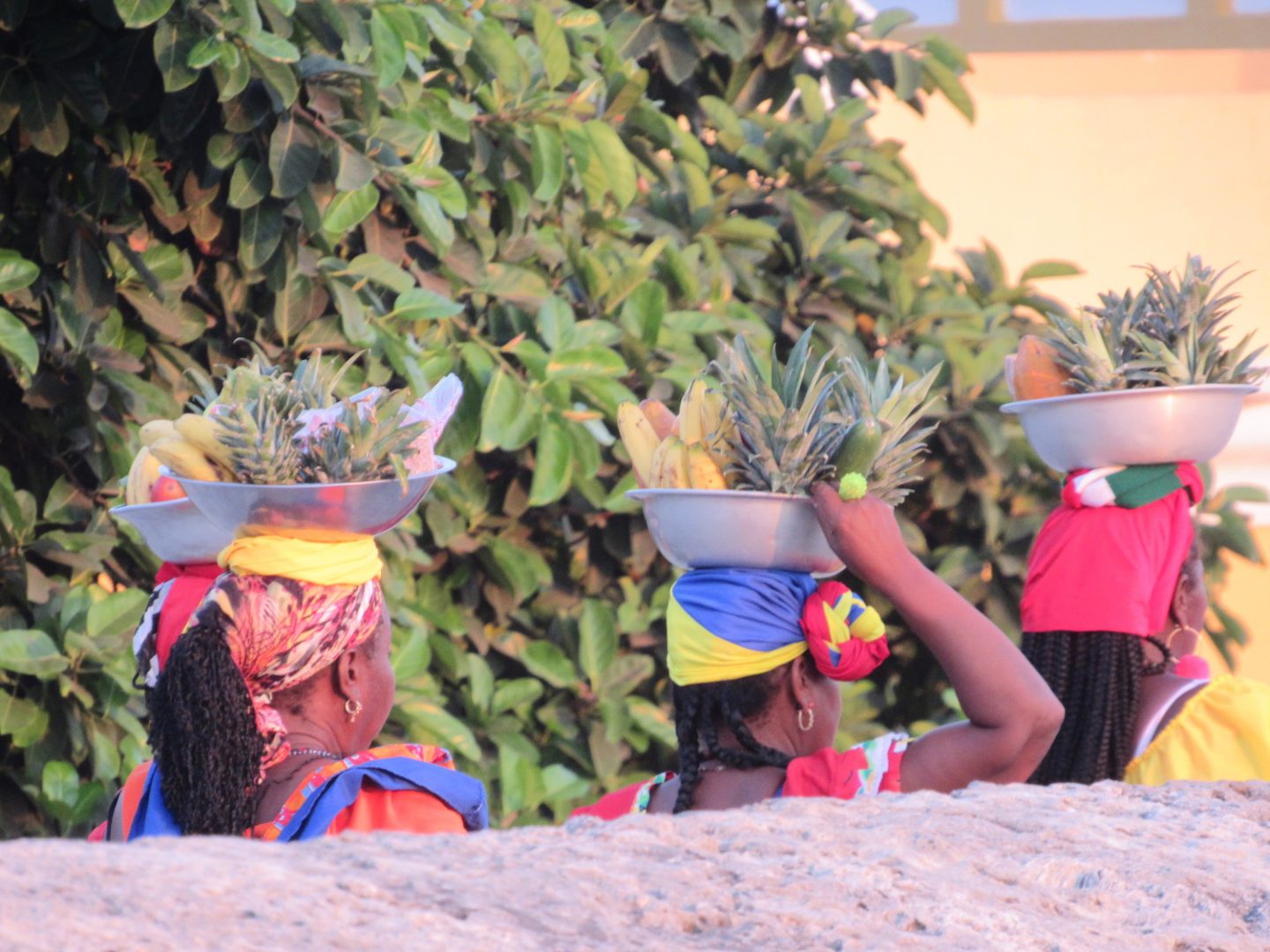
Palenquero is the Creole language spoken in Colombia. It is officially recognized by the Colombian Constitution as a language spoken by minorities in the national territory. Today less than 7,500 people speak this language and are mostly old. You can listen to it in San Basilio de Palenque, Cartagena and in some neighborhoods of Barranquilla. If you speak Spanish it is very likely that you understand some words, but most of them will sound very different.
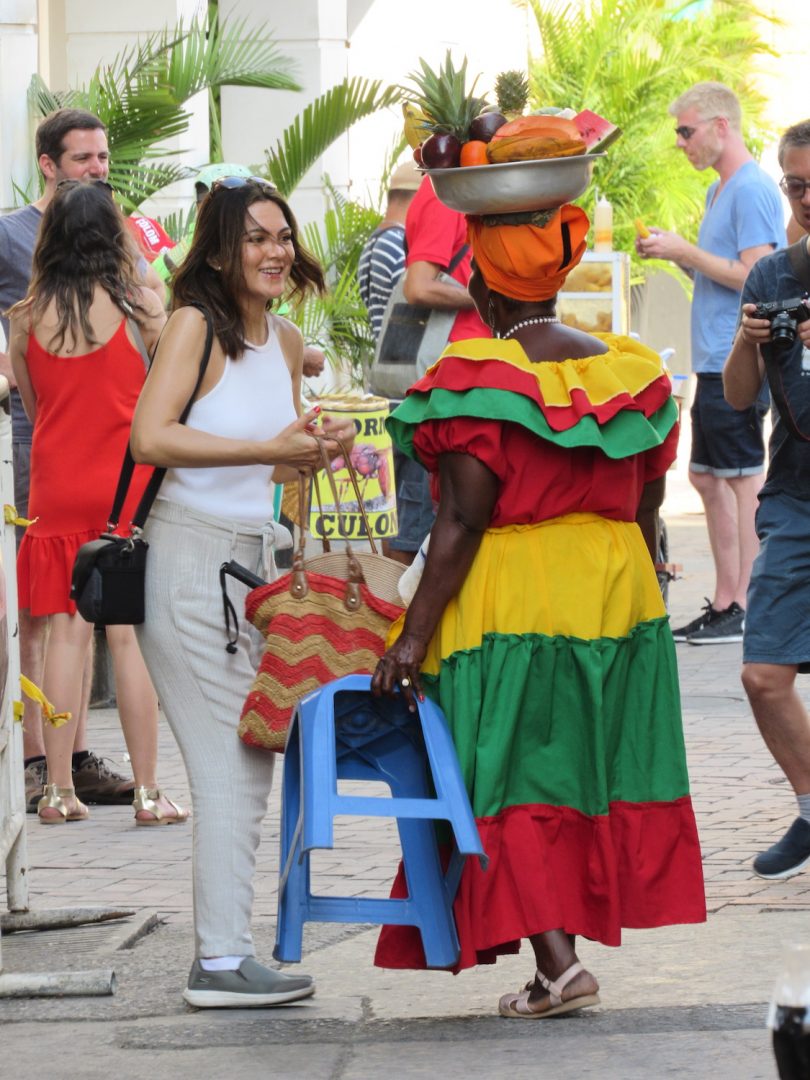
You can fly on Thursdays and Sundays from Panama City to Cartagena with Air Panama. I stayed at the Caribe Hotel in Bocagrande.





